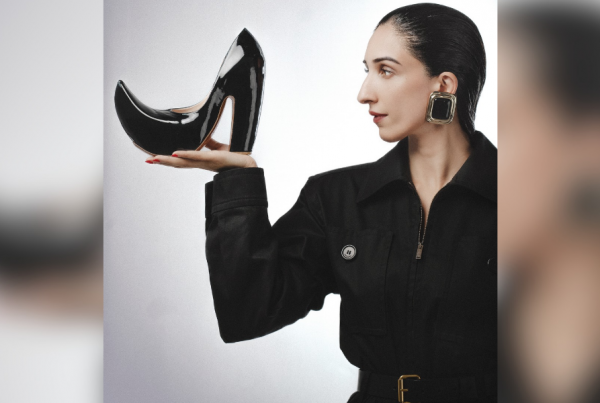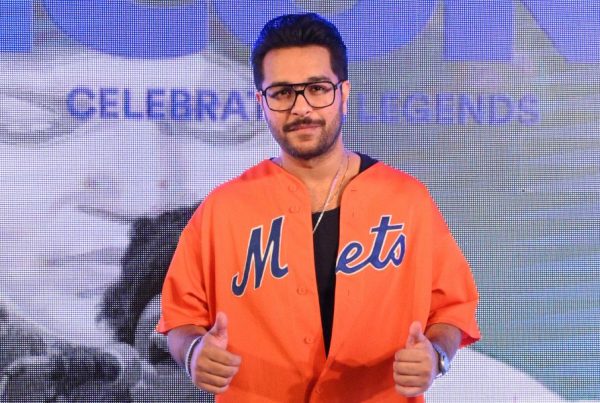The year is off to a powerful start with diverse and all-inclusive statements becoming popular in the fashion industry of Pakistan. Before we saw it at PFDC Sunsilk Fashion Week last weekend, we came across powerful campaigns by Generation and Jeem, which embrace diverse beauty standards, becoming stepping-stones in the progressive direction.
Maavia Malik, the model who became the first trans person to walk the runway in Pakistan, was first featured in Jeem’s campaign shortly before her runway debut. While Generation has been setting the example of inclusive fashion since their Greater than Fear campaign, it was a welcome sight to see other established brands also follow suit.
However, the question that should be asked now is whether this is going to be a temporary trend meant to serve the purpose of fashion campaigns, or an actual statement to make fashion inclusive in the long run.
“We need to stop using diversity for our own marketing purposes and see the bigger picture of actually making a change in our society,†Hamza Asghar Bokhari, Creative Director of Jeem, intelligently opined. “Fashion is a strong non-verbal mode of communication. We as an industry are trend-setters of what beauty is supposed to look like when we all decide to make that change, we will see the shift around us. The standard of beauty has changed all over the world, it is that very individuality that makes us all beautiful. Models like Winnie Harlow and Andreja Pejić are now leading the way worldwide.â€
Generation too has led the way in this forte, as it brought out transgender activist Kami Sid, amongst other diverse women, in one of their recent campaigns.
While we are sadly still new to trans acceptance in society, hence explaining their late representation in the fashion industry, what we are not new to are plus-sized women in Pakistan. It is extremely rare to see any plus-sized representation at large, be it models or even sizes, by major brands. Most prêt brands don’t go beyond sizes L/XL, which are not fitting for a majority of the average Pakistani women.
There are even designers who are uninterested in even dressing average-sized women for red carpets, stylist Ehtesham Ansari confirmed. “Sure there are veteran designers that will dress veteran actresses who are not a size zero but most of the new design studios, on the other hand, will say they are not interested when it comes to actresses like Babra, Saima or Sahiba who are not sample size and especially don’t have a social media presence…It’s middle-aged women who have the buying power anyway, which is why designers need to venture towards more diverse representation. You can call it [inclusive fashion campaigns] a trend or fad but it is bringing a different point of view to the people.”
Speaking from personal experience – being what I’d like to perceive as a ‘normal’ sized girl (size 12 is still normal, right?), I too have faced my fair share of embarrassing remarks from unprofessional sales personnel to ‘professional’ designers in the market. “I’ll make you a collared top, to hide your fat there,†a designer nonchalantly commented to me once, leaving me taken aback.
Generation once again came under the spotlight as it recently featured a plus-sized model for their weekly features. Being a pioneer in bringing inclusivity to local fashion, we spoke to Khadija Rehman, Creative Director of the brand, on how she thinks this might bring a change to the larger picture.
“In some ways, it [diversity in fashion] happened late all over the world, so I don’t’ think we should be harsh on ourselves thinking that we’re really slow. American, British and European fashion industries that are so well established were the ones to develop the idea of the zero-sized model, and are now facing the backlash because of that,” Khadija commented. “As far as Generation is concerned I think that people are constantly consuming the images that we put out there and it really affects society’s mindset. I realize that people who put across fashion images have a responsibility, so when you have that you need to be more careful about what you portray or at least try to push or challenge norms and come up with something thoughtful or intelligent.â€
From accepting dark skin colours to elder models, different body types and trans people, Generation has challenged and embraced the diverse beauty in a phenomenal way. The progressive change towards diversity is one that has largely been accepted with open arms, and one hopes it’s not a dying trend but instead a change in the mindsets of people too.








